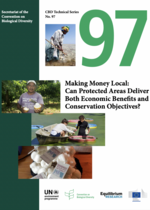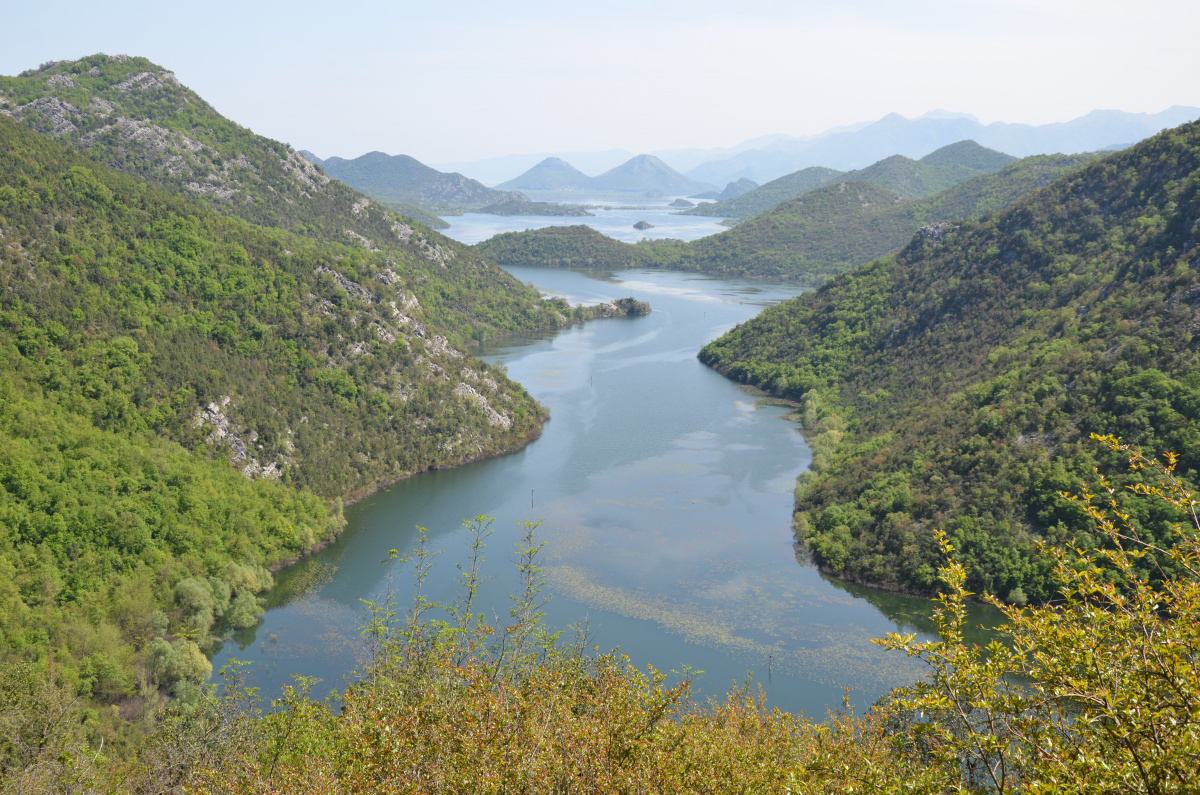Understanding the multiple benefits of area-based conservation
CEESP News: by Nigel Dudley and Sue Stolton, Equilibrium Research *
Under current proposals from the Convention on Biological Diversity, a target is likely to be set for 30% of the world’s land surface to be set aside into protected and conserved areas. Over 60 countries have pledged to meet this even ahead of the CBD Conference of Parties, and a significant number are already at or above this level. What are the wider implications of setting aside such a huge area for conservation? Two new reports look at some of the possible wider benefits.
 Photo: Report cover
Photo: Report cover
Benefits include disaster risk reduction, water provision, food security, ecotourism and support for local communities, but also range wider into support for gender equality and peace building. A key recommendation of the authors is that those responsible for protected and conserved areas – whether the managers of state-run national parks or the communities running local reserves and ICCAs – can all help build long-term security and support by reporting their contributions to the SDGs. Some simple ways of doing this are described.
One particular – and rather controversial – type of benefit is the financial benefits from nature. Some people believe the whole idea of putting a dollar value on a species or ecosystem is unethical, others see it as a way of convincing sceptics of the importance of conservation.
 Photo: Report cover
Photo: Report cover
In a technical report for the Convention on Biological Diversity, Making Money Local:
Can Protected Areas Deliver Both Economic Benefits and Conservation Objectives?, 37 case studies looked at the concrete economic benefits from protected areas around the world, ranging from ecotourism, through support for local fishing communities, small-scale businesses, collection of medicinal plants and support for Indigenous peoples.
The report was challenging to compile; data are scarce, reporting systems erratic and one of the main recommendations is that such information needs to be collected much more systematically in the future.
Together, the two reports provide a framework for looking at conservation from a number of different angles. Much more work is needed now to bring these perspectives into mainstream of government thinking.
 Photo: Equilibrium Research
Photo: Equilibrium Research
New book on area-based conservation: https://www.routledge.com/Leaving-Space-for-Nature-The-Critical-Role-of-Area-Based-Conservation/Dudley-Stolton/p/book/9780367407537
30-year report of activities: http://equilibriumconsultants.com/upload/document/Equi_Report_2020.pdf





